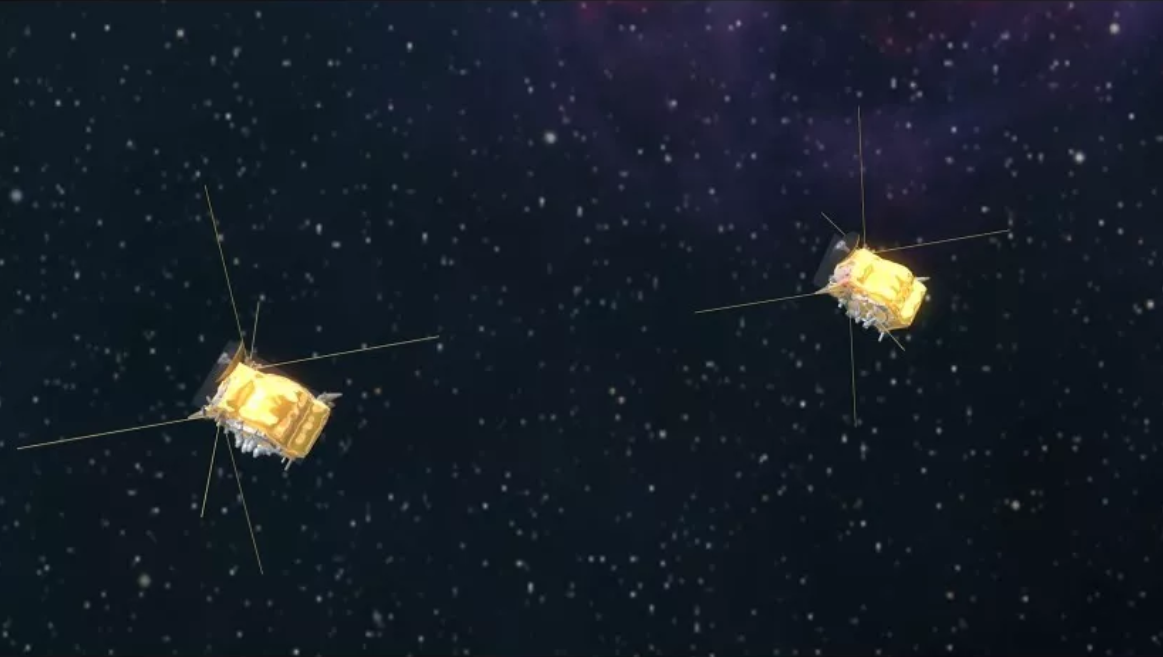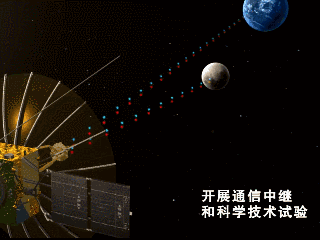
Queqiao will execute transition to EML2; Longjiang-1 & 2 microsatellites might be lost
On May 20, the Long March 4C rocket was launched from Xichang Satellite Launch Center in China carrying Queqiao, a relay communication satellite and two microsatellites called DSLWP-A & B, also known as Longjiang-1 and Longjiang-2. All the satellites aboard the Long March 4C rocket were programmed to follow standard trajectory correction maneuver en route to the moon. On Friday, Queqiao passed the moon at an altitude of 100 km as per planned after which, it performed a successful braking burn in order to follow transition orbits towards its destination i.e. second Earth-Moon Lagrange Point. On the other hand, DSLWP-1 and 2 were subjected to perform engine burns in order to enter in an elliptical orbit, however, there has been no connection with these two microsatellites ever since.
Discovering the Sky at Longest Wavelengths Pathfinder (DSLWP), these two satellites were later renamed as Longjiang-1 and Longjiang-2 and were launched alongside Queqiao, a part of Chang’e mission. These two satellites were intended to enter into an elliptical orbit i.e. 200 x 9,000 km orbit around the moon in order to carry out various astronomy and amateur radio tests. However, reports have confirmed that post trans-lunar injection, both of these satellites have lost communication with the ground control.
Weighing at 45kgs, both Longjiang-1 and 2 satellites have a dimension of 50x50x40cm and were designed at the Harbin Institute of Technology (HIT) under Chinese Academy of Sciences (CAS). Many amateurs were able to pick up signals from Longjiang-2 which is currently orbiting around the moon, however, Longjiang-1 is still out of signal and apparently, both microsatellites could be lost.
Both the satellites were designed to carry out low-frequency radio astronomy tests in the lunar orbit as well as to perform space-based interferometry. As per the reports, if these two satellites are lost in the cosmos of the space, it would put an end to plans carved out by the officials while designing and developing it.

But there also a good news. China’s Queqiao satellite has successfully entered the transition orbit around the moon. It will soon transfer to its destination halo orbit called second Earth-Moon Lagrange point (EML2) where it will be stable and carry out communication from the lander and rover that are expected to launch later this year and transmit the radio signals to the ground control using its Low-Frequency Spectrometer (LFS) and Netherlands-China Low-Frequency Explorer (NCLE) instruments. Once the relay satellite is positioned and the lander and rover lands at the Von Karman crater later this year, the satellite will allow communication between the lander and the rover which will be at the far side of the moon and the Earth.


